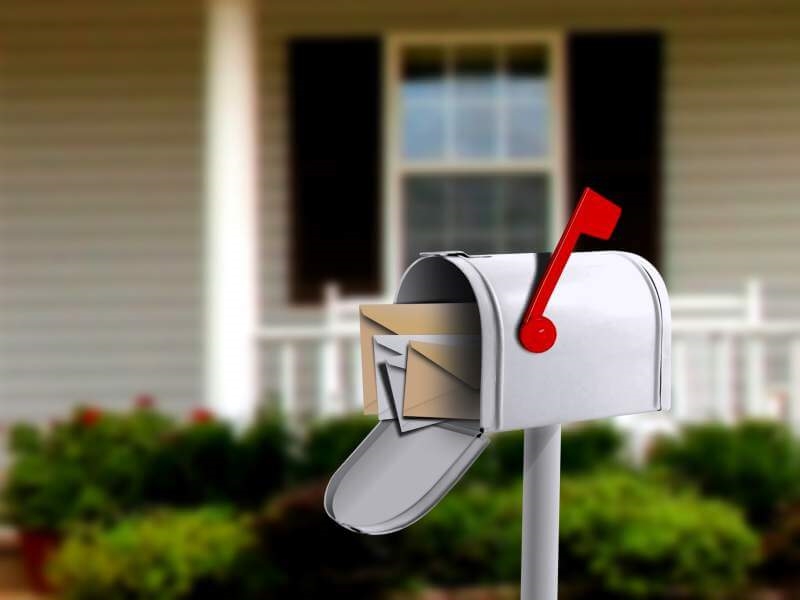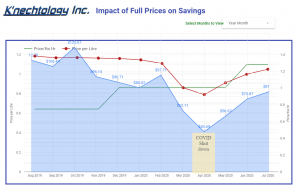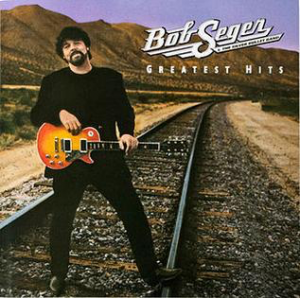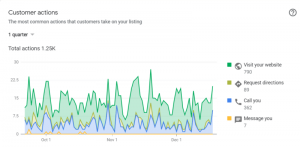— February 1, 2018

Stock photo
Personal email – sent from an ADR to a prospect – is the workhorse of effective prospecting in account-based approaches.
Done properly, these emails feel much more like personal business communications than marketing or selling (because that’s exactly what they are).
“Dear <insert SDR Name>: Please avoid sending me emails that are obviously automated.”
– Ray Carroll VP Sales, Engagio
So, what does a real, human email look like? And what does a real, human email not look like? Human emails are:
- Plain text, not HTML-rich
- Short, sweet, and to the point – think in tweetable terms (the previous Twitter length of 140 characters or less)
- Always relevant and on-message
- Personalized – hint: customization is NOT personalization
- Reviewed and approved by a human, not automated
- One-to-one or one-to-few (sometimes, it’s okay to cc relevant people)
- Team-worthy – don’t send the exact same email to four team members, but you can send one relevant email to the entire team
How much should you rely on templates?
Real email doesn’t mean that every email must be handcrafted and sent from a human. That wouldn’t be scalable across all account tiers. The goal is to make sure the prospect feels the email really is written to him or her, as an individual. That’s not a trick, it’s the truth (if not, you’re doing it wrong). To do that you must show that you’ve been thinking about them.
Rule of thumb: the more important the account or the contact, the more you want to personalize and the less you want to use a template.
Well-targeted, personalized emails will always out-perform templates. The degree of personalization will vary by account tier:
- Tier 1: Highly personalized, with little or no templating
- Tier 2: Personalized, perhaps using the 10/80/10 approach
- Tier 3: Customized rather than personalized (e.g. targeted to their industry and persona, uses their name and company name)
The 10/80/10 approach Some SDR teams apply a 10/80/10 rule to their human emails: Customize the first 10%; Use the template for the next 80% (with possible personal tweaks); Customize the last 10%
Here are 4 parts of a great (and human) sales outreach email.
1. The subject line
Subject lines are the gateway of email prospecting. They lure the reader to open and read the email. Fail here and the best-crafted email in the world will never get read. Here are some practical tips to help you craft compelling subject lines:
Start with ‘you’ or ‘your’
People care more about themselves than about you.
Examples:
Subject: You may have started something
Subject: Why your boss is so grumpy these days
Be intriguing
A subject line is a teaser. Make them want to open it up.
Examples:
Subject: You kind of asked for this
Subject: Your CRM seems to be leaking
Subject: How [competitor A] is cutting waste
Be personal
The one-to-one starts here.
Examples:
Subject: Why your recent blog post hit me so hard
Subject: Your recent talk at Dreamforce
Subject: [Dan Brown] says we should speak
Try starting with a benefit
What’s in it for them?
Examples:
Subject: I can save Sanstreet $ 35k
Subject: A more agile IT approach for WidgetCo
Avoid marketing speak
We all get way too much of it.
Bad Examples:
Subject: Your free security audit!
Subject: This will change your life
Subject: 5 ways to get out of debt today
What these all have in common is they are focused on helping the recipient, not on helping the prospector. Ideally, use the strategy that will result in the most relevant email.
“Only 23.9% of emails are opened.”
– TOPO
2. The opening
So you earned the open – now you’ve got maybe 7 seconds to capture their full attention. A few tips:
Start with them
Don’t waste the vital first few seconds.
Examples:
As a Hadoop user, I’ll bet ten bucks you’ve discovered the ‘alt-45’ error message. Don’t you hate that?
Your recent post on drone warfare made me laugh out loud. Twice.
Be personal (again)
It’s a personal note, remember?
Examples:
I was reading an article by Bob Apollo and I thought of you.
As a Cornellian, I knew you’d like this one.
[Mutual connection] suggested I get in touch.
Don’t apologize
Never start with an apology – this matters!
Bad Examples:
Sorry to take your precious time but…
I apologize if this isn’t relevant to you but…
Don’t start with an introduction
You can do that later.
Bad examples:
My name is Bob Roberts and I work for Sourghum Dynamics, a leading blah blah blah…
Let me introduce myself. I’m a… [never mind, they’re gone]
“You’re sorely mistaken if you believe that flooding an executive’s inbox with rote solicitations will escape the DELETE key.”
– Ari Kaufman CEO, Placeable
3. The body
Right after your killer opening, you need to do two things: prove that you did your homework and show them why they should stay with you.
Use your insight
Now’s the time. Roll out the research.
Examples:
Congrats on your acquisition of Global Felt! I think I can accelerate your IT integration by about six months, but I won’t know for sure until we’ve spoken.
As your CEO said in (February 02, 2018)’s investor call, “It’s time to go all in on Blockchain.” The problem is, your Microsoft legacy stack is going to hold you back.
Be excited
People want to work with people who love what they do.
Examples:
To be honest, the article blew me away – and I wanted to get to you right away. Here’s why:
I can’t wait to show you our new benchmark research – it totally changed the way I think about managed print services and I know it’ll do the same for you.
Don’t brag
No one likes a braggart.
Bad Examples:
We’re the Number 1 supplier of lard to the defense industries and we’ve won every Lardie Award since 1983.
Don’t take my word for it: CustomerCo says we’re the ‘best lobby carpet solution provider in Southeast Nebraska’.
4. The call-to-action
Every email needs to ask the prospect to do something.
Make it clear
This is no time to be coy.
Examples:
Is there a way to get 15 minutes on your calendar?
Come and get the report here – there’s no form to fill out.
Don’t ask for too much
It’s a big jump from an email to a marriage.
Bad Examples:
Try our nuclear power plant for a year and if you don’t like it, we’ll take it back.
Call me to discuss your next office move.
Guidelines instead of templates
Some ADR teams use email guidelines rather than templates. An example (from MJ Ho man’s Basho training focused on answering “Why You, and Why You Now”):
- The subject line includes the word “you”
- The first paragraph shares a piece of relevant news
- The second paragraph is the “So what?” – why they should take your call
- End with a CTA: such as a request for a meeting
What types of emails are working for you?
Digital & Social Articles on Business 2 Community
(83)





